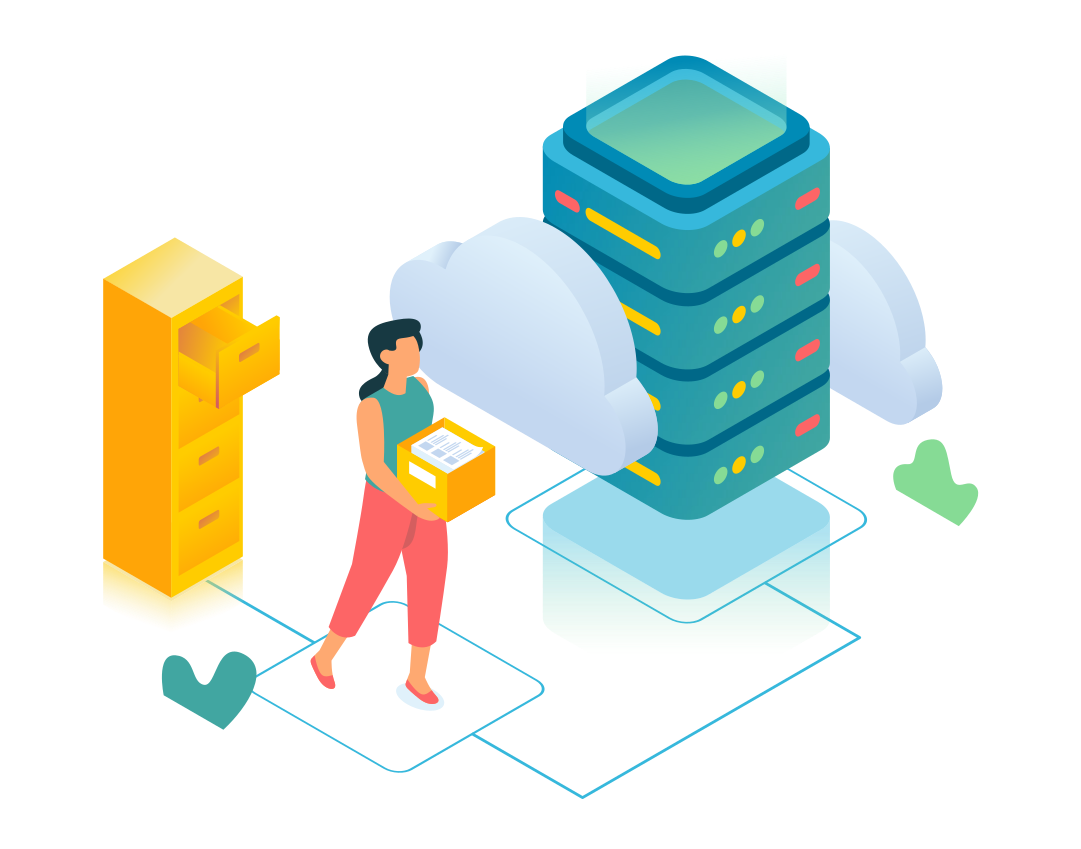Without a data warehouse, accessing your data can be difficult. With so much, in so many places, it can be hard to find the time and resources to pull it altogether in one central repository.
That’s where the data warehouse comes in.
Many businesses first see the lack of data organization and centralisation in the absence of a visual representation of data – dashboards to showcase finance, product and customer data. As a result, many implement a BI tool in order to gain insight.
However, whilst BI tools can connect to raw data sources, they don’t aid the analytics process or empower fast insights. When it comes to applying data for analysis and business intelligence, a single source of truth is vital.
Creating an appetite for data through BI
Often, when a BI tool is first implemented in a growing business, the insights uncovered are transformative for business teams. With dashboards providing a visual representation of the business data and insights readily available to everyone, adoption of BI skyrockets. For instance, our client Blue Light Card, now has at least 50% of the team using Tableau, with champions across each department fully involved and using dashboards.
The intermediate step = data warehouse
In order to create a single version of the truth all of your data needs to be centralized and organized, ready to be used. The intermediate transforming layer in a data warehouse allows you to break down each constituent element of your business into fundamental components known as “entities”.
Take the example of a customer entity. Your customers will be represented in some way or another across most of the data systems that your business interacts with. A BI tool may be able to pull each of these in separately and allow reporting on top. But, if you want to scale with your data and access a single version of the truth, you need to ensure that all of the various systems have a way of reconciling against each other at the fundamental customer level.
A customer “entity” in the warehouse creates a bridge between all of your systems and the concept of a customer. This allows you to easily ask questions from any of your datasets and be confident that the representation is always the same. This allows you to easily see which systems have missing customers. Furthermore, you can decouple from any particular system and add an alternative easily.
Data made easy
Kleene does the heavy lifting for you. With your input and direction, we tackle your data challenges for you.
It does this by creating all of the major “entities” in the business in your build your single source of truth phase. We enable you to access all your data in one place and one language. So you are empowered to make well-informed decisions.
The result? Accurate, fast and reliable insights. Use this data to answer business questions, strategize and power growth.
Want to see it in action? Get in touch!


